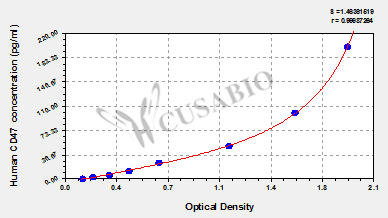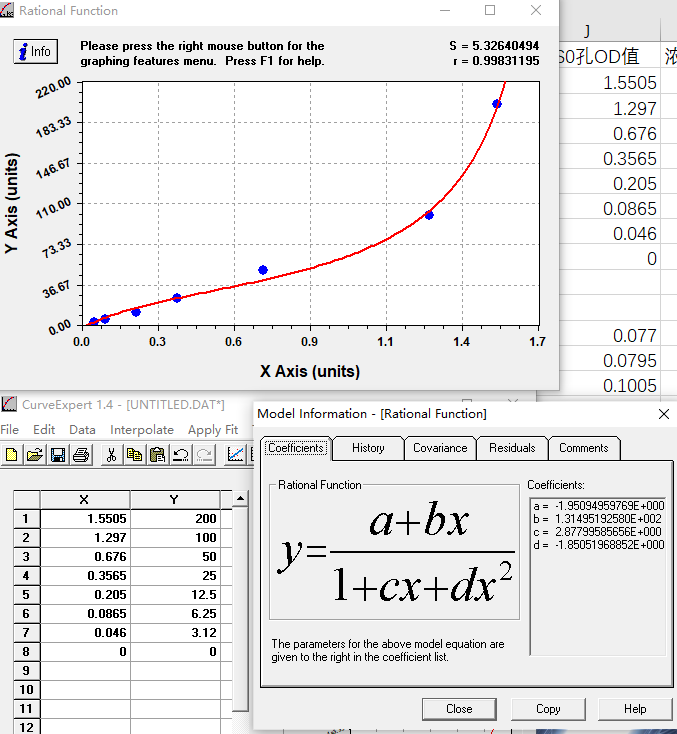The product CSB-EL004940HU is a sandwich ELISA kit developed to measure concentrations of human CD47 in serum, plasma, urine, or tissue homogenates. This assay uses the sandwich enzyme immunoassay technique in combination with the enzyme-substrate chromogenic reaction to quantify the analyte in the sample. The color develops positively to the amount of CD47 in samples. The color intensity is measured at 450 nm via a microplate reader.
CD47 is a heavily glycosylated cell surface protein that regulates cellular phagocytosis by macrophages, transmigration of neutrophils, and activation of dendritic cells, T cells, and B cells through the interaction with its ligands including TSP-1, SIRPα, integrins, and SHPS-1. It plays an essential role in various cellular functions including proliferation, apoptosis, adhesion, migration, phagocytosis, and numerous immune responses. CD47 is overexpressed on the surface of many types of cancer cells. Ample studies have confirmed that high expression of CD47 aids many types of cancer to escape from the immune system. In many cancer types, CD47-SIRPα enables the escape of these cancer cells from macrophage-mediated phagocytosis.







